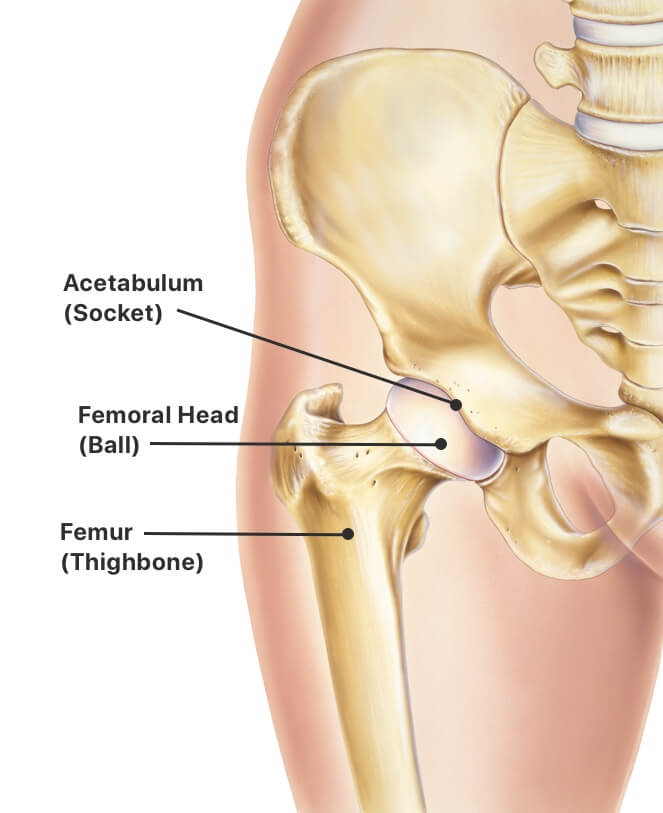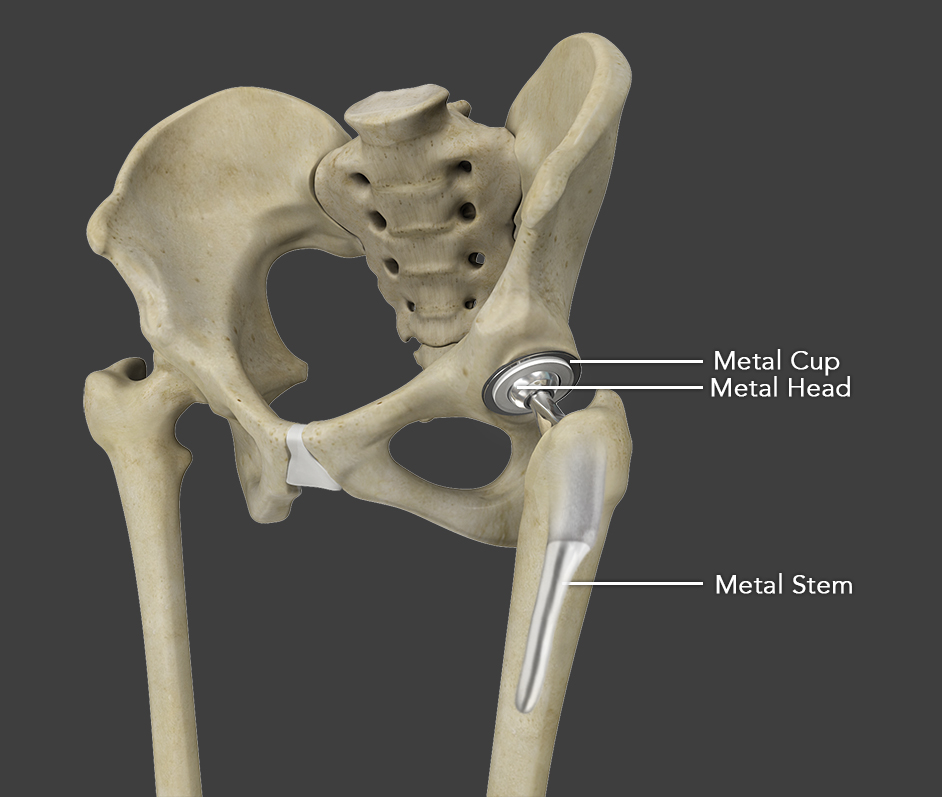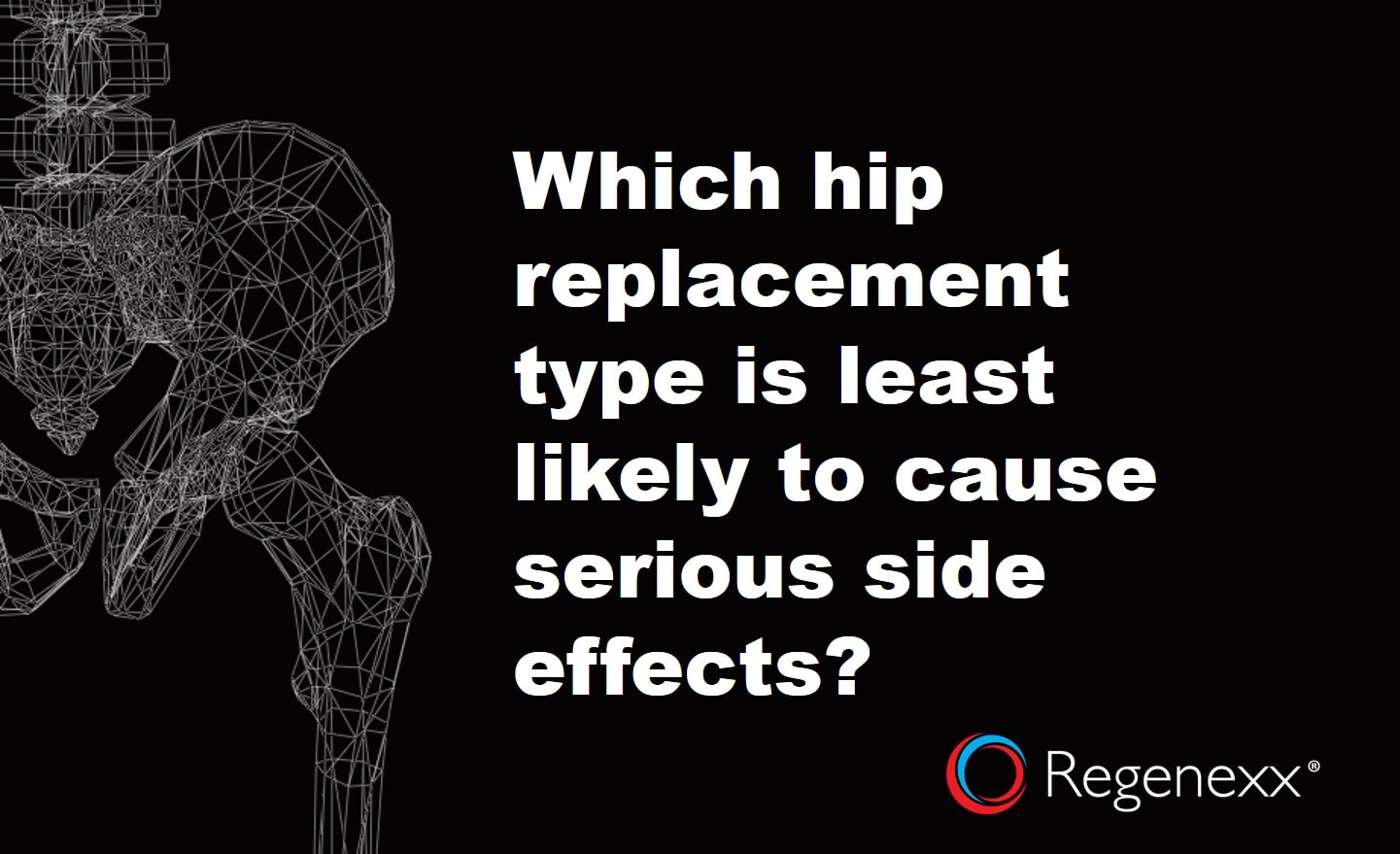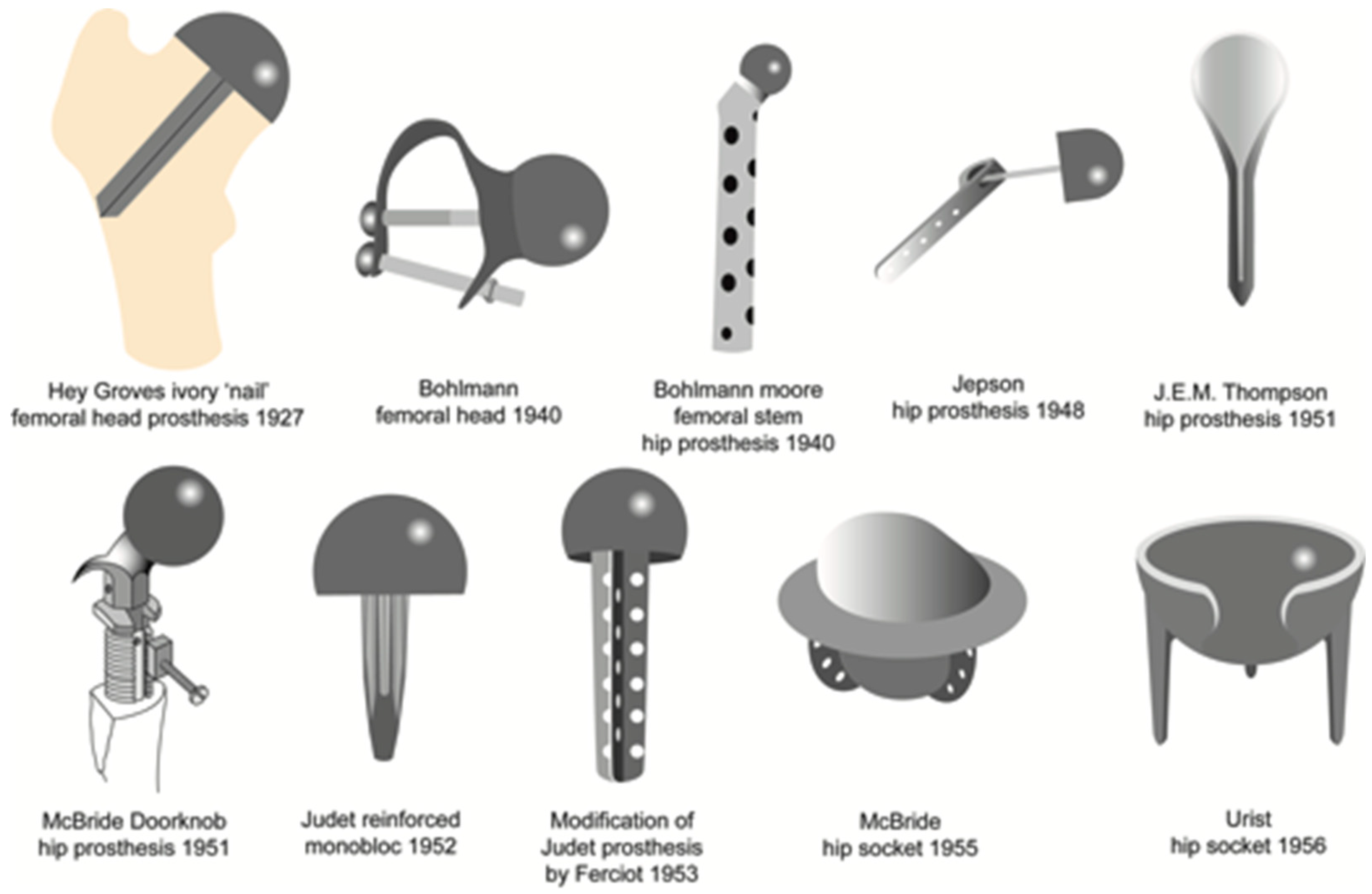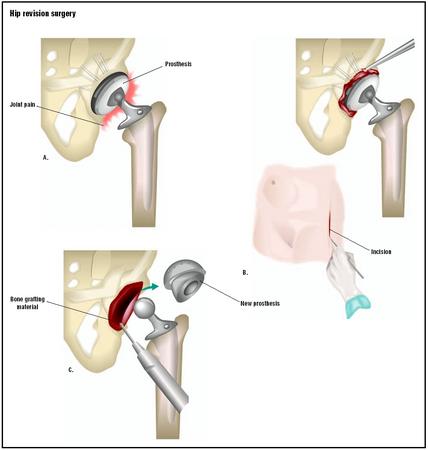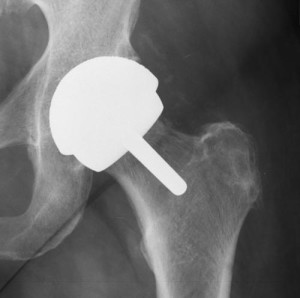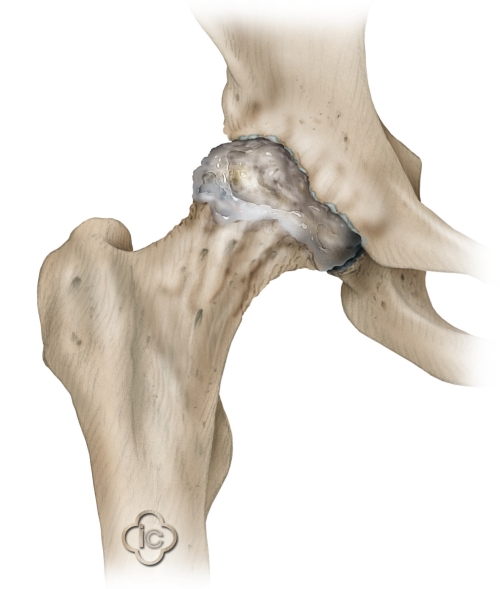Failure Of Artificial Hips With Ceramic Balls And Metal Sockets

The prosthesis itself can fracture resulting in pain.
Failure of artificial hips with ceramic balls and metal sockets. This year a report published by researchers from the delft university of technology in the netherlands found wide. Many surgeons today consider them to be an improvement over traditional metal and plastic implants in which the deterioration of plastic can lead to the gradual buildup of debris. By using a metal cup and a metal ball these artificial hips forced metal to rub against metal with the full weight and pressure of the human body. In any hip replacement surgery there is a period of rehabilitation.
In an article published recently in the journal biomaterials german investigators say metal debris from the implants may affect the body s ability to form new bone. Each 1 mm 0 039 in increase in head size of metal on metal hip implants was associated with a 2 increase of failure. Both the socket and the ball are made of stainless steel titanium chromium cobalt or some combination of these. Ceramic hip implants are among the newer types of prostheses being used for hip replacement offering greater resistance to damage and smooth movement of the joint.
The hip joint is a ball and socket joint and removal of the hip joint requires the surgeon to remove the ball and reshape the socket. There are three simple components of an artificial hip implant. The metal on metal design placed a metal ball or head directly into a metal acetabular cup. Stem a stem is inserted into the femur.
The material combinations include ceramic on ceramic metal on polyethylene plastic ceramic on metal and metal on metal. Researchers now think they know why. Newer prostheses designed to improve this problem have not been successful. The analysis of 402 051 hip replacements showed that 6 2 of metal on metal hip implants had failed within five years compared to 1 7 of metal on plastic and 2 3 of ceramic on ceramic hip implants.
Tell me more about hip implants. The hip is a major weight bearing joint and is known as a ball and socket joint. Metal on metal mom these are what they sound like. Metal on metal with ions.
Newer hip replacement systems consisting of a ceramic ball and metal lined socket have only been on the market since 2011 so their long term safety durability and failure rates have yet to be determined. A metal on metal hip implant consists of a ball continue reading failure risks. In particular all metal hip replacements with larger heads the portion of the hip that fits into the socket have the highest failure rates. All metal joints have double the complications of ceramic hip replacements and nearly four times the number of implants that use a metal ball and a plastic socket.
Bone loss and subsequent implant failure are well known complications of metal on metal mom hip implants. The artificial implant is then positioned in the bone.
